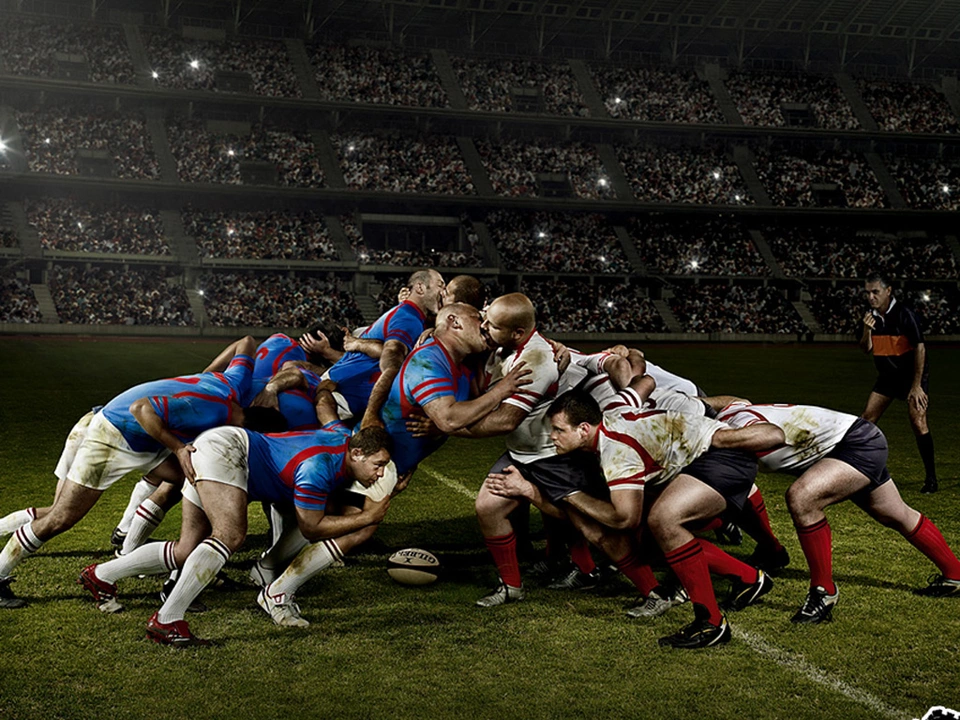United States Rugby: What’s Happening and How to Get Involved
Rugby might not be the first sport you think of when you hear "USA," but the game is quietly booming across the country. From backyard scrums in Texas to college leagues in California, more Americans are lacing up their boots and hitting the pitch. If you’re curious about the state of rugby in the United States, you’re in the right spot.
Why Rugby Is Gaining Ground in America
One big reason is exposure. TV deals, the rise of Major League Rugby (MLR), and the Olympics showing sevens have all put the sport in front of new fans. Young athletes who grew up with football or basketball are now looking for a game that blends speed, strategy, and camaraderie. Clubs report a steady increase in registrations, especially in the Midwest and the South, where high‑school teams are cropping up.
Where to Play: Clubs, Colleges, and Pro Teams
If you want to try rugby, start local. Most towns have a community club that welcomes beginners. Look for USA Rugby’s club finder or a simple Google search like "rugby club near me." College campuses are another hotbed – over 150 schools now have varsity or club teams, and many offer beginner programs that teach the basics without overwhelming you.
For those aiming higher, Major League Rugby offers a professional pathway. Teams like the New England Free Jacks, Seattle Seawolves, and Houston SaberCats draw crowds and provide a clear route from amateur to pro. Watching an MLR match can also give you a feel for the speed and skill level of top‑tier American rugby.
Women's rugby is also on the rise. The Women's Premier League (WPL) and college women's teams are expanding, giving female players more opportunities to compete at high levels.
Getting started is easier than you think. Most clubs run “social rugby” nights where you can learn the rules, practice basic skills, and meet other newcomers. Bring a water bottle, wear padded shorts, and be ready for a lot of running.
What about the rules? Rugby has two main codes: Union (15‑a‑side) and Sevens (7‑a‑side). Union games last 80 minutes, while Sevens are fast‑paced, with 14‑minute matches played in a tournament style. If you’re short on time, Sevens is a great entry point.
Equipment is simple – a mouthguard, a rugby ball, and sturdy shoes. Unlike American football, you don’t need heavy pads, which keeps costs low and the game accessible.
Training focuses on fitness, handling, and tackling technique. Many clubs incorporate cardio drills, passing circles, and contact sessions that build confidence safely. Remember, tackling in rugby uses the arms and shoulders, not just the head, so it feels different from football.
Beyond the field, rugby builds a tight‑knit community. Post‑match socials, charity events, and volunteer opportunities bring players together off the pitch. That sense of belonging is often why newcomers stick around.
In short, rugby in the United States is moving from a niche sport to a mainstream option for athletes of all ages. Whether you’re looking for a new hobby, a way to stay fit, or a chance to chase a professional dream, there’s a place for you in American rugby. Grab a ball, find a local club, and see why more Americans are choosing the game that’s as exciting as it is inclusive.

How popular is rugby league in the United States?
- May, 10 2023
- 0
As a sports enthusiast, I've been curious about the popularity of rugby league in the United States. While it may not be as well-known as American football, rugby league has been steadily gaining fans and participants over recent years. Currently, there are over 100 rugby league clubs in the US, which is an impressive number considering its niche status. Major cities like New York and Los Angeles have their own teams, and the US national team, the Hawks, compete in international competitions. Overall, rugby league is still a growing sport in the US, but its increasing popularity suggests a promising future.
Categories
- Sports (5)
- World News (5)
- Entertainment (4)
- Sports and Recreation (3)
- Sports Commentary and Analysis (2)
- Sports Analysis (2)
- Sports History (1)
- Sports and Culture (1)
- Sports and Fitness (1)